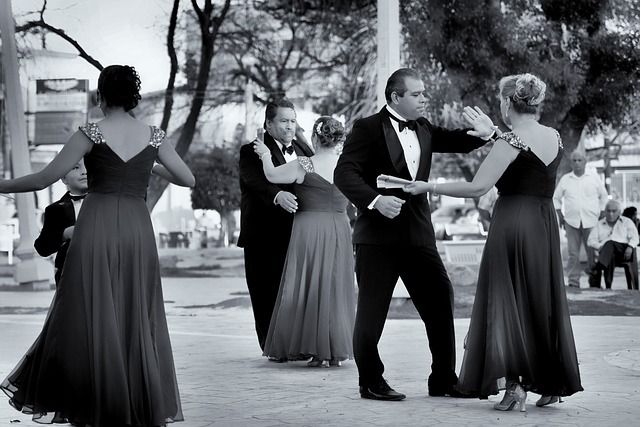The origins of danzón and its tradition in Mexico, one of the most popular genres in Mexican music
Fusion of rhythms and cultures: The danzón genre has acclimatized very well in Mexico City, as it is part of the musical and emotional memory of Mexicans.





